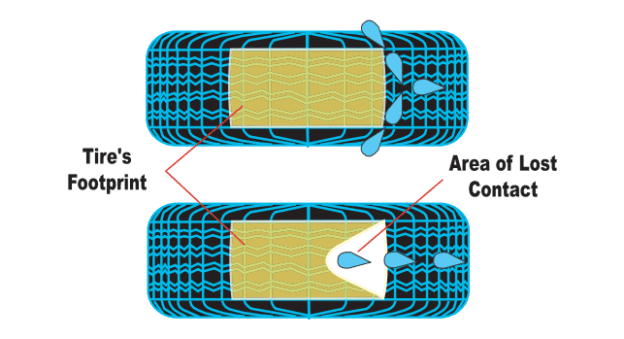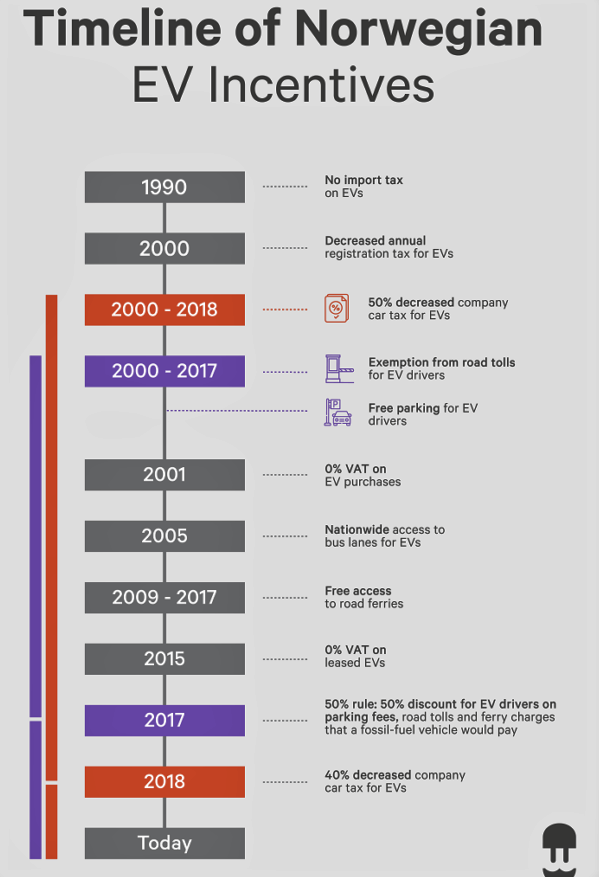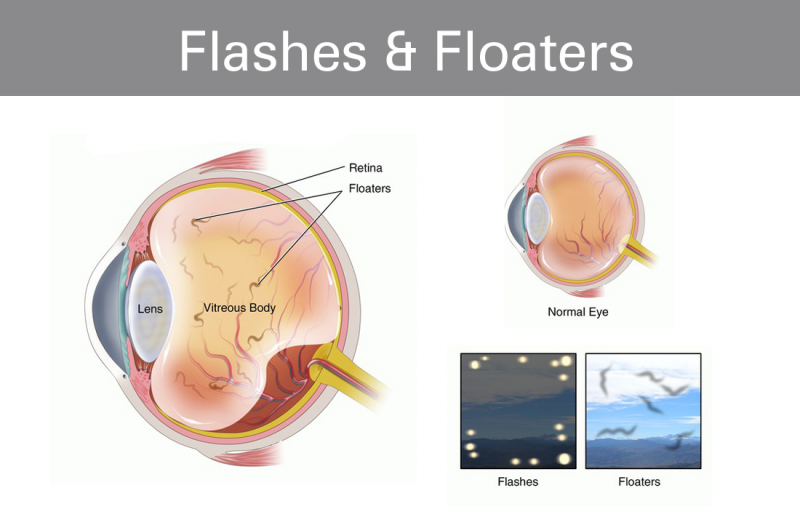The Hidden Dangers of Hydroplaning

What is Hydroplaning?
Hydroplaning is a phenomenon that occurs when a vehicle's tires lose contact with the road surface and slide on a thin layer of water. This can happen when driving at high speeds on wet roads, but it can also occur at surprisingly low speeds.
How Does Hydroplaning Happen?
Hydroplaning occurs when the tread on a vehicle's tires is unable to effectively channel water away from the tire's surface. As a result, the tire begins to ride on top of the water, rather than gripping the road. This can happen at speeds as low as 30 mph, making it a potential hazard for drivers who may not even realize they are at risk.
Factors That Increase the Risk of Hydroplaning
While hydroplaning can happen to anyone, there are certain factors that increase the risk. One of the most significant factors is tire wear. Worn tires have a reduced ability to channel water, making them more susceptible to hydroplaning. Other factors include:
- Speed: The faster you drive, the more likely you are to hydroplane.
- Tire pressure: Underinflated tires are more prone to hydroplaning.
- Water depth: The deeper the water, the more likely you are to hydroplane.
- Vehicle weight: Heavier vehicles are more likely to hydroplane.
Causes and Risk Factors
Hydroplaning can occur suddenly and without warning, leaving drivers struggling to maintain control of their vehicle. Understanding the causes and risk factors can help you take preventive measures to avoid this dangerous situation.
Speed: A Major Contributor to Hydroplaning
Driving too fast on wet roads is a primary contributor to hydroplaning. When your vehicle travels at high speeds, the tires have less time to channel water away, increasing the likelihood of hydroplaning. Reduce your speed on wet roads to minimize this risk.
Tire Condition: A Critical Factor
The condition of your tires plays a crucial role in preventing hydroplaning. Worn tires with reduced tread depth are more susceptible to hydroplaning. Ensure your tires have adequate tread depth and are properly inflated to maintain optimal performance on wet roads.
Water Depth: A Hidden Danger
Deep standing water on the road surface significantly increases the risk of hydroplaning. Avoid driving through deep water whenever possible, as it can be challenging to gauge the actual depth. If you must drive through water, slow down and proceed with caution.
Consequences of Hydroplaning
Hydroplaning can have severe and potentially life-threatening consequences. Some of the most significant risks include:
Loss of Control
Hydroplaning can cause a vehicle to skid or slide uncontrollably, making it difficult for the driver to steer or brake effectively. This can lead to a loss of control, increasing the risk of accidents and near-misses.
Accidents
Hydroplaning can lead to collisions with other vehicles or objects, resulting in damage to property and potentially causing harm to occupants. The risk of accidents is higher when driving at high speeds or in heavy rain.
Injury or Death
In severe cases, hydroplaning can result in serious injury or fatality. The impact of a collision can be devastating, especially if the vehicle skids off the road or rolls over. The risk of injury or death is higher if the vehicle is traveling at a high speed or if the occupants are not wearing seatbelts.
Prevention and Safety Tips
Hydroplaning can be a frightening and dangerous experience, but there are steps you can take to minimize the risk and stay safe on the road.
Slow Down
Reducing your speed on wet roads is the simplest and most effective way to prevent hydroplaning. By slowing down, you can maintain control of your vehicle and avoid the risk of your tires losing contact with the road surface.
Check Tire Tread
Regularly inspecting and maintaining your tire tread depth is crucial for optimal traction. Worn-out tires with shallow tread depth are more susceptible to hydroplaning. Ensure your tires have a minimum tread depth of 1/16 of an inch to stay safe.
Avoid Hard Braking
Sudden braking can increase the likelihood of hydroplaning. When you need to slow down, do so gradually and smoothly. Avoid slamming on the brakes, as this can cause your tires to lock up and lose contact with the road.
Recovery Techniques
Hydroplaning can be a harrowing experience, but knowing the right recovery techniques can help you regain control of your vehicle and avoid a potentially disastrous outcome. If you find yourself in a hydroplaning situation, follow these steps to recover safely:
Take Your Foot Off the Gas
If you start to hydroplane, ease off the accelerator to reduce speed. This will help transfer weight to the front tires, improving traction and allowing you to regain control. Avoid slamming on the brakes, as this can further upset the vehicle's balance and make the situation worse.
Avoid Sudden Turns
Gentle steering can help you regain traction and steer your vehicle to safety. Avoid making sudden turns or jerking the wheel, as this can cause your vehicle to skid or spin. Instead, make smooth, gradual inputs on the steering wheel to guide your vehicle back on course.
Look Where You Want to Go
Focus on a safe path ahead to maintain control and direction. Look for a clear path or a spot where the road is dry, and steer your vehicle towards it. Avoid focusing on the area where your vehicle is hydroplaning, as this can cause you to inadvertently steer towards it.

















Comments ()